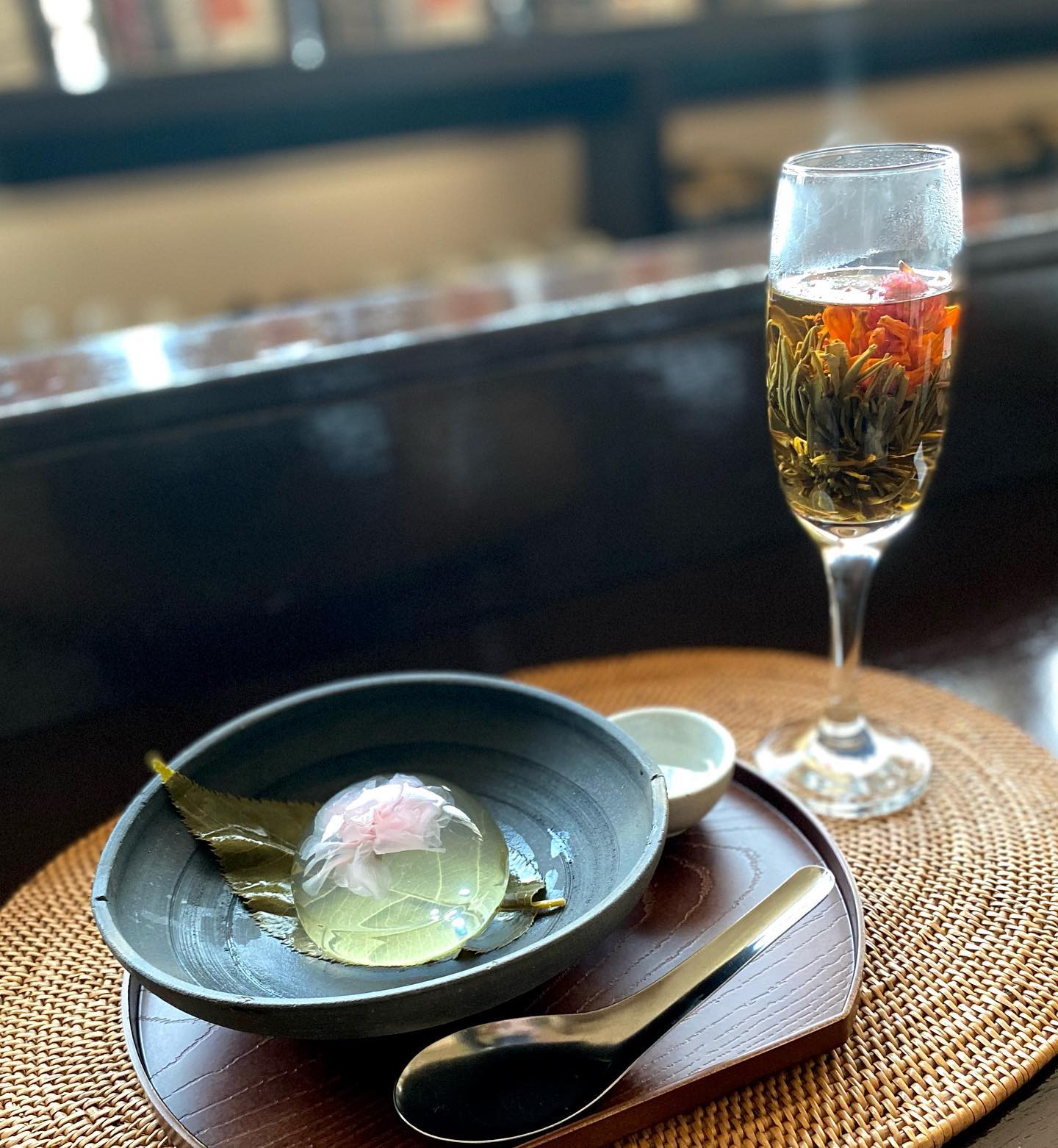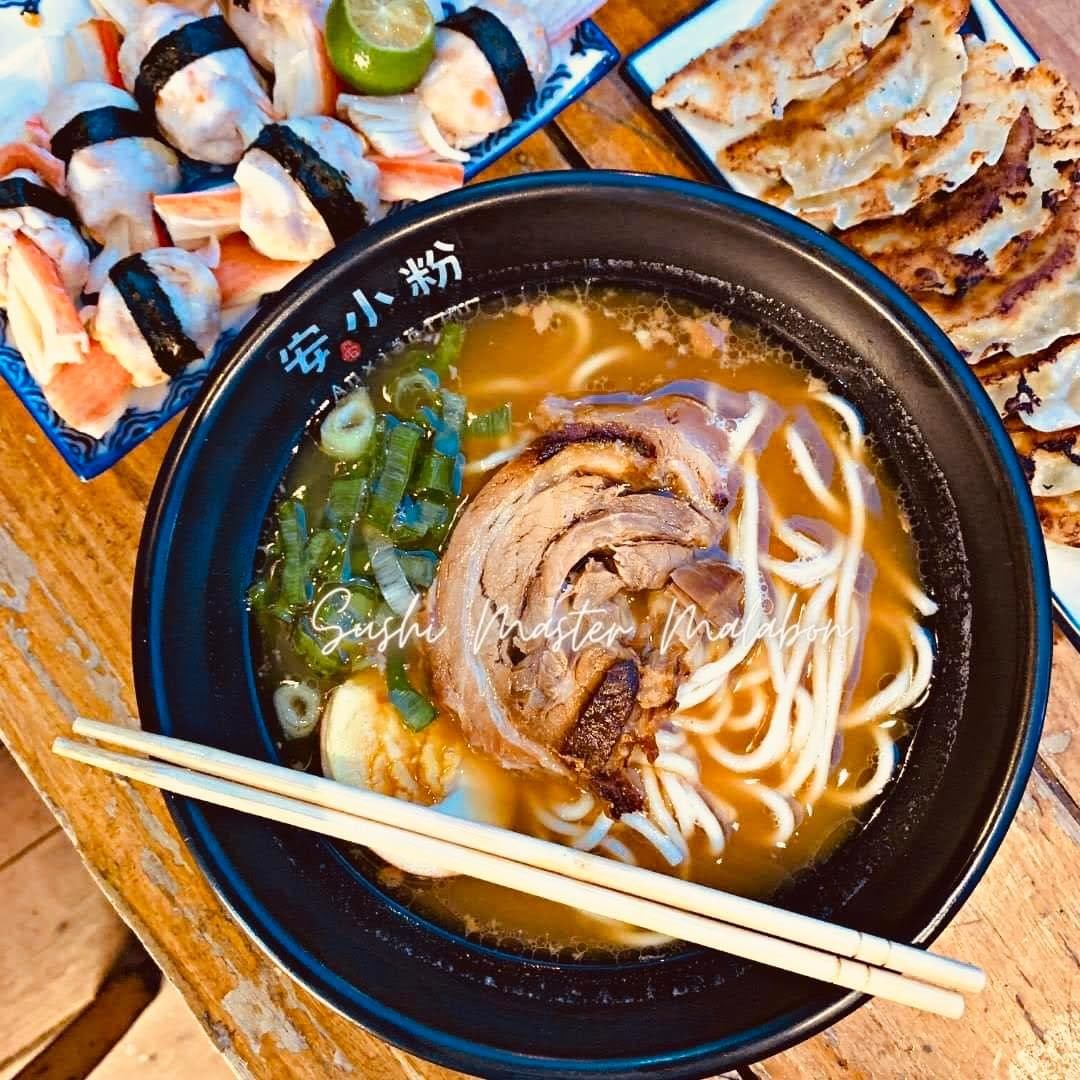Over the past few decades, coffee culture has experienced a profound transformation. From humble origins as a simple beverage to its current status as a global trend, coffee has become more than just a drink; it’s a movement. One of the most significant shifts in this evolution is the rise of third-wave coffee. But what exactly is third-wave coffee, and why does it matter? In this article, we’ll explore the roots, principles, and impact of third-wave coffee, and what it means for coffee lovers today.
Understanding the Three Waves of Coffee
Before we dive into the specifics of third-wave coffee, it’s essential to understand the broader context of the three waves of coffee culture.
First Wave: The Commercialization of Coffee (Early 20th Century)
The first wave of coffee focused on making coffee accessible to everyone. It was all about mass production, consistency, and convenience. During this time, brands like Folgers and Maxwell House became household names. Coffee was sold primarily in large cans, and the focus was on ease of use rather than quality. The coffee drinkers of this era often didn’t concern themselves with the origin of the beans or the brewing process; coffee was just another commodity.
Second Wave: The Specialty Coffee Boom (1970s–1990s)
The second wave of coffee is most famously represented by the rise of Starbucks and the explosion of coffeehouses in urban areas. This wave introduced the idea of specialty coffee drinks like lattes, cappuccinos, and mochas. It also brought attention to the concept of espresso as a craft. Coffee quality improved, and the emphasis shifted from mass-produced coffee to higher-end blends and brewing techniques. However, second-wave coffee was still largely focused on creating a uniform, branded experience rather than prioritizing the nuances of the coffee itself.
Third Wave: The Craft Coffee Revolution (2000s–Present)
Third-wave coffee is where the true revolution begins. This wave is all about quality, origin, and craftsmanship. Third-wave coffee focuses on the artisanal side of coffee production, emphasizing the relationship between the grower, roaster, and consumer. The goal is to treat coffee as a specialty product—akin to fine wine or craft beer—by focusing on the unique flavors, profiles, and sustainable practices that go into each cup.
Read More: Satisfy Your Cravings with Delicious Paninis and Toasties
What Makes Third-Wave Coffee Different?
At its core, third-wave coffee is a shift towards treating coffee as an artisanal product, where quality and craftsmanship are prioritized over mass production and convenience. Here are the key aspects that set third-wave coffee apart:
1. Direct Sourcing and Transparency
In the third wave, the focus is on direct trade relationships with coffee farmers. This means that roasters work directly with growers to ensure fair prices, sustainable practices, and transparency in the supply chain. Coffee drinkers are encouraged to learn about the origins of their beans, including the country, region, and even the specific farm where the coffee was grown.
2. Single-Origin Beans
Third-wave coffee emphasizes single-origin beans, which come from a specific region, farm, or estate. By choosing single-origin coffees, consumers can experience a wider range of flavors, from fruity and floral to nutty and chocolaty. The goal is to showcase the unique terroir (the environmental factors) that contribute to the flavor profile of the coffee, much like how the terroir in wine affects its taste.
3. Specialty Grading
Unlike the mass-produced coffee of the first wave, third-wave coffee beans are often specialty-grade, meaning they are carefully selected for their high quality. These beans are scored on a scale of 0 to 100, with anything above 80 considered specialty coffee. The scoring system is based on factors such as flavor, aroma, acidity, and aftertaste, which means only the best beans make it to the roasters.
4. Artisanal Roasting and Brewing
Third-wave coffee roasters use careful roasting techniques to bring out the best in each bean. Unlike the dark, oily roasts common in the second wave, third-wave roasters often opt for light or medium roasts that allow the natural flavors of the coffee to shine through. Additionally, brewing methods like pour-over, aeropress, and cold brew are favored for their ability to extract complex flavors and nuances.
More About: Top 5 Coffee Shops in Rhyl
Why Third-Wave Coffee Matters
The rise of third-wave coffee is more than just a trend—it has important implications for the coffee industry, the environment, and the people who grow and produce coffee. Here’s why third-wave coffee matters:
1. Empowering Coffee Farmers
One of the central tenets of third-wave coffee is the concept of direct trade, which empowers farmers by ensuring they receive fair prices for their coffee. This bypasses traditional intermediaries who often pay low wages to coffee producers. By supporting third-wave coffee, consumers help create a more sustainable and ethical supply chain.
2. Environmental Sustainability
Many third-wave coffee roasters prioritize sustainable practices throughout the entire coffee production process, from the farm to the cup. This includes promoting organic farming methods, supporting environmentally-friendly packaging, and reducing the carbon footprint of coffee production. In turn, this helps protect the environment while ensuring the future of high-quality coffee production.
3. Elevating the Coffee Experience
Third-wave coffee has elevated the coffee-drinking experience by focusing on flavor and craftsmanship. Whether you’re savoring the subtle sweetness of an Ethiopian Yirgacheffe or the bold richness of a Colombian Supremo, third-wave coffee encourages a more mindful approach to drinking coffee. It’s about appreciating the intricate flavors and profiles, much like wine tasting.
4. Community and Coffee Culture
Third-wave coffee shops are more than just places to grab a quick cup of coffee—they’ve become community hubs where people gather to learn about the intricacies of coffee. These coffee shops often host cupping events, brewing workshops, and other educational experiences that bring coffee lovers together. The focus is not only on the drink itself but also on fostering a deeper connection with coffee culture.
You May Know About: The Royal Bloom: The Perfect Blend of Elegance and Nature
The Global Impact of Third-Wave Coffee
The impact of third-wave coffee extends beyond local coffee shops and roasters. This movement has spread globally, influencing coffee culture in countries around the world. Major cities like New York, London, Melbourne, and Tokyo have become epicenters of third-wave coffee, with artisanal coffee shops popping up in nearly every corner of the world. These shops often provide a unique coffee experience that goes beyond simply serving a cup of coffee—they’re places where baristas become educators, and coffee drinkers become connoisseurs.
How to Get Started with Third-Wave Coffee
If you’re curious about diving into the world of third-wave coffee, here are some steps to get started:
- Visit Specialty Coffee Shops: Seek out local cafes that specialize in third-wave coffee. Ask questions about their beans, brewing methods, and sourcing practices.
- Try Single-Origin Coffees: Begin exploring single-origin beans to appreciate the distinct flavors that come from different regions.
- Experiment with Brewing Methods: Explore different brewing techniques such as pour-over, Chemex, and French press to enhance your coffee’s flavor.
- Learn About Coffee Origin: Educate yourself on the origins of your coffee, including the farm or region it comes from. Many roasters and cafes are eager to share this information.
Read: Start Your Day Right with Delicious Breakfast Baps
Conclusion: A Coffee Revolution
The rise of third-wave coffee has revolutionized how we experience and think about coffee. By focusing on quality, sustainability, and craftsmanship, third-wave coffee has turned the simple act of drinking coffee into an art form. It’s not just about the caffeine—it’s about appreciating the flavors, the stories, and the people behind each cup. Whether you’re a casual coffee drinker or a seasoned enthusiast, there’s always something new to explore in the world of third-wave coffee.
Frequently Ask Questions (FAQ’s)
Third-wave coffee is a movement that focuses on high-quality, ethically sourced beans, artisanal roasting, and sophisticated brewing methods.
Unlike second-wave coffee, which focuses on convenience and mass production, third-wave coffee emphasizes quality, transparency, and craftsmanship.
It supports fair trade practices, sustainability, and a deeper appreciation for the flavors and nuances of coffee, benefiting both consumers and farmers.
Popular methods include pour-over, Chemex, AeroPress, and French press, each highlighting unique flavors in specialty coffee.
Visit specialty coffee shops, try single-origin beans, experiment with different brewing techniques, and learn about the origins of your coffee.





